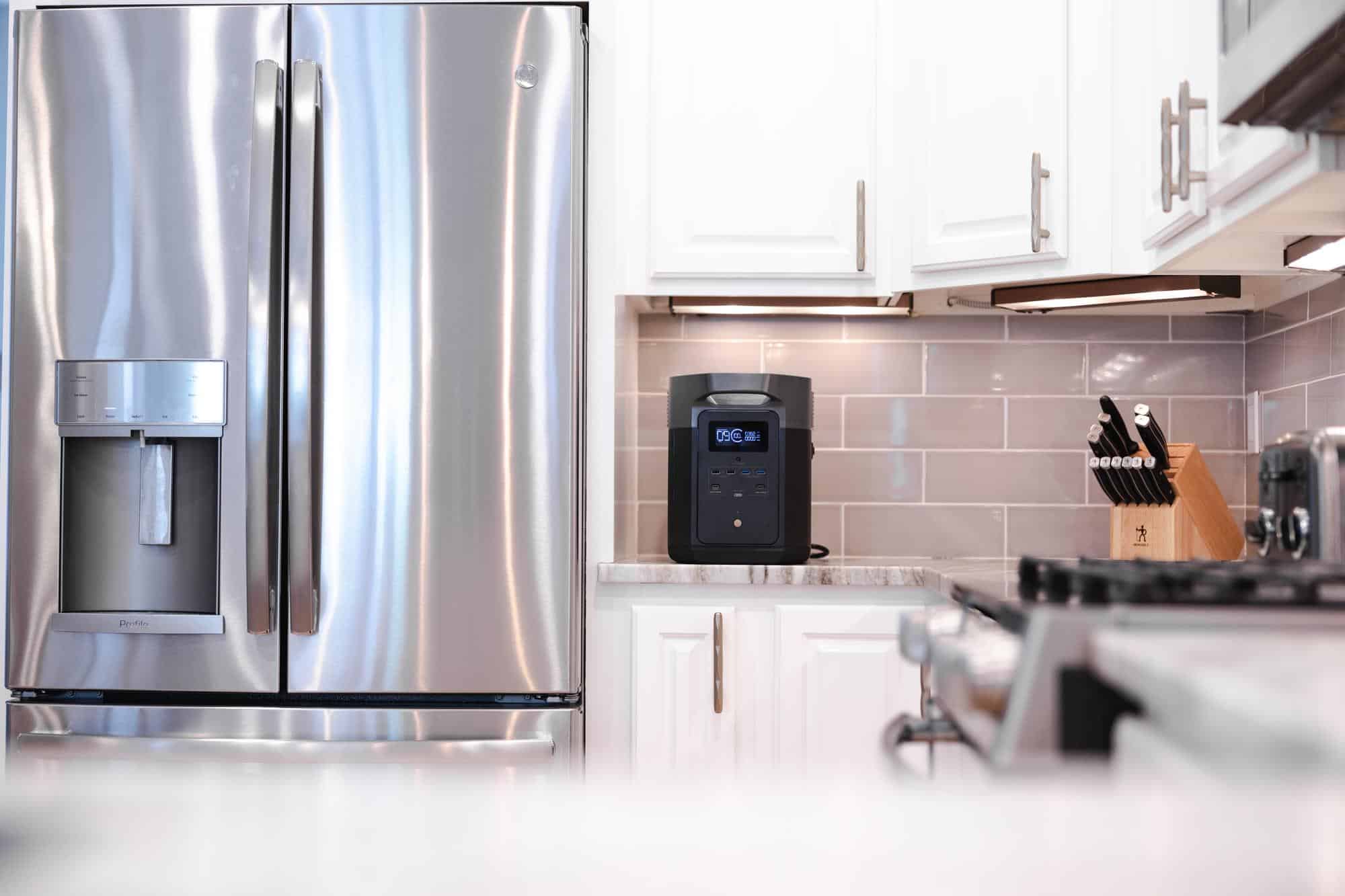

Articles
What Size Generator To Run A Refrigerator
Modified: October 20, 2024
Looking for articles on what size generator is needed to power a refrigerator? Find all the information you need to keep your fridge running during power outages.
(Many of the links in this article redirect to a specific reviewed product. Your purchase of these products through affiliate links helps to generate commission for Storables.com, at no extra cost. Learn more)
Introduction
In our modern lives, electricity has become an essential part of our daily routines. We rely on it to power various appliances and devices that make our lives more convenient. One of the most important appliances that we rely on every day is the refrigerator. It keeps our food fresh and prevents spoilage, allowing us to store perishable items for longer periods.
However, what happens when there’s a power outage or when we’re in a remote location without access to electricity? This is where a generator comes in handy. A generator provides backup power to keep essential appliances running, including the refrigerator.
When it comes to running a refrigerator with a generator, it’s crucial to have the right size to ensure that it can handle the power demands and provide reliable operation. In this article, we will discuss the factors to consider and guide you on choosing the right size generator to run a refrigerator.
Key Takeaways:
- Choose a generator size based on refrigerator power rating, efficiency, and load factor to ensure reliable backup power during outages or remote locations.
- Consider factors like wattage capacity, generator type, and safety precautions when selecting the right generator size for running a refrigerator.
Factors to Consider
Before determining the size of the generator needed to run a refrigerator, there are several factors to consider. These factors will help you determine the power requirements and ensure that the generator can handle the load efficiently. Let’s take a look at the essential factors:
- Refrigerator Power Rating: The power rating of the refrigerator is an important consideration. This information can usually be found on the manufacturer’s label or in the owner’s manual. It is typically expressed in watts (W) or amperes (A). Make a note of this rating as it will be necessary for the generator size calculation.
- Starting vs. Running Power: Refrigerators have two power requirements – starting power and running power. When the refrigerator initially turns on, it requires a higher surge of power to start the compressor. This starting power is usually higher than the power required to keep the refrigerator running. It’s important to consider both starting and running power when calculating the generator size.
- Efficiency and Load Factor: Every refrigerator has an efficiency rating, which indicates how much power it consumes to maintain its temperature. Keep in mind that this can vary depending on factors such as age, condition, and technology used. Additionally, the load factor is another essential consideration. The load factor refers to the average amount of time the refrigerator is running during a given period. This will impact the total energy consumption and, subsequently, the generator size needed.
- Other Appliances and Load Sharing: Determine if you will be running any other appliances simultaneously with the refrigerator. It’s important to consider the total power demand to avoid overloading the generator. Calculate the combined power requirements and account for load sharing to ensure optimal performance.
- Location and Environment: The location and environment where the generator will be used also play a role in determining its size. If you are in an area with high temperatures, the generator’s performance may be affected. Extreme temperatures can reduce the generator’s efficiency, so it’s important to factor this into your calculations.
Power Requirements of a Refrigerator
Understanding the power requirements of a refrigerator is crucial when determining the appropriate generator size. Let’s take a closer look at the power needs of a typical refrigerator and its components:
- Starting Power: During the initial startup, a refrigerator requires a surge of power to start the compressor. This surge can be up to three times the normal running power. For example, if a refrigerator runs at 500 watts, the starting power requirement could be as high as 1500 watts.
- Running Power: Once the refrigerator is up and running, it requires a consistent power supply to maintain its cooling capabilities. The running power of a refrigerator can vary depending on the size, efficiency, and age of the appliance. On average, a standard-sized refrigerator runs at around 150-200 watts.
- Additional Power Needs: While the compressor is the main power-consuming component of a refrigerator, there are other components that require power as well. These include the fans, lights, and any electronic control panels. Although these components have low power consumption individually, they can add up when considering the overall power requirements.
It is important to note that these power requirements serve as general guidelines and can vary between different models and brands of refrigerators. Always refer to the manufacturer’s specifications for accurate power ratings and consult the owner’s manual for specific details regarding your refrigerator.
Generator Size Calculation
Now that we understand the power requirements of a refrigerator, we can proceed to calculate the appropriate generator size. Follow these steps to determine the generator size needed:
- Step 1: Determine the Starting Power: Identify the starting power requirement of your refrigerator. This can be found on the manufacturer’s label or in the owner’s manual.
- Step 2: Determine the Running Power: Identify the running power requirement of your refrigerator. Again, refer to the manufacturer’s label or owner’s manual for this information.
- Step 3: Factor in Efficiency and Load Factor: Take into account the efficiency rating of your refrigerator, as well as the load factor. Multiply the running power by the efficiency rating and load factor to obtain the adjusted running power.
- Step 4: Determine Total Power Requirement: Add the starting power and the adjusted running power to obtain the total power requirement of your refrigerator.
- Step 5: Account for Other Appliances: If you plan to run other appliances simultaneously with the refrigerator, calculate their power requirements and add them to the total power requirement.
- Step 6: Choose a Generator Size: Look for a generator that can handle the total power requirement calculated in the previous steps. It is recommended to select a generator with a capacity slightly higher than the calculated power requirement to ensure optimal performance.
By following these steps, you can accurately determine the generator size needed to run your refrigerator and any additional appliances you plan to use simultaneously.
When choosing a generator for a refrigerator, consider its starting wattage (usually 2-3 times its running wattage) and ensure the generator can handle that load to avoid damage.
Choosing the Right Generator Size
Choosing the appropriate generator size is crucial to ensure that it can reliably and efficiently run your refrigerator. Consider the following factors when selecting the right generator size:
- Wattage Capacity: Ensure that the generator you choose has a wattage capacity that meets or exceeds the total power requirement calculated earlier. It’s essential to have a generator with enough power to handle the starting surge and the continuous running power of the refrigerator.
- Generator Type: Decide between a portable generator or a standby generator. Portable generators are more common for residential use and provide flexibility in terms of usage and mobility. Standby generators offer seamless automatic backup power and are usually installed permanently near the home or building.
- Runtime and Fuel Efficiency: Consider the runtime and fuel efficiency of the generator. Determine how long the generator can run on a full tank of fuel and ensure that it meets your needs, especially during extended power outages.
- Noise Level: Take into account the noise level of the generator. If noise is a concern, look for generators with low decibel ratings, especially if you plan to use the generator in residential areas or during quiet periods.
- Portability: If you need the flexibility to move the generator to different locations, opt for a portable generator that is easy to transport. Look for features such as wheels and a compact design.
Consider your specific requirements and preferences when choosing the right generator size. It’s important to strike a balance between your budget, power needs, and other factors that are important to you, such as noise level and portability.
Other Considerations
When running a refrigerator with a generator, there are a few additional considerations to keep in mind:
- Generator Maintenance: Regularly maintain and service your generator to ensure optimal performance. This includes checking oil levels, cleaning or replacing air filters, and conducting routine inspections as recommended by the manufacturer.
- Fuel Storage: If you plan to use a portable generator, make sure you have enough fuel stored for extended periods of power outage. It is recommended to store fuel in approved containers in a well-ventilated area away from living spaces.
- Safety Precautions: Follow safety guidelines when operating a generator. Keep it outdoors and away from windows, vents, and doors to prevent carbon monoxide buildup. Connect appliances to the generator using properly rated and grounded extension cords, and never overload the generator.
- Generator Placement: Place the generator on a stable and level surface, away from water sources or damp areas. Pay attention to the generator’s ventilation requirements and ensure sufficient airflow to prevent overheating.
- Proper Shutdown: When turning off the generator, allow it to cool down before refueling or storing. Always follow the manufacturer’s instructions for proper shutdown procedures.
By considering these factors and following the necessary precautions, you can safely and effectively run your refrigerator with a generator, ensuring the longevity of both the generator and the appliance.
Conclusion
Running a refrigerator with a generator is a practical solution during power outages or when access to electricity is limited. To ensure reliable and efficient operation, it is crucial to choose the right generator size that can meet the power requirements of the refrigerator.
By considering factors such as the starting power, running power, efficiency, load factor, and any additional appliances being used, you can accurately calculate the total power requirement. This calculation will guide you in selecting a generator with an adequate wattage capacity.
When choosing the right generator size, consider other factors such as generator type, runtime, fuel efficiency, noise level, and portability to meet your specific needs and preferences.
Remember to always prioritize safety and follow manufacturer guidelines when operating a generator. Regular maintenance and proper storage of fuel are essential for the longevity and performance of the generator.
By understanding the power requirements of your refrigerator and making an informed choice about the generator size, you can enjoy the peace of mind and convenience of having a backup power source that keeps your refrigerated items fresh during unforeseen circumstances.
Ensure a reliable power supply for your refrigerator by choosing the right generator size, and never worry about spoilage or inconvenience during power outages again.
Frequently Asked Questions about What Size Generator To Run A Refrigerator
Was this page helpful?
At Storables.com, we guarantee accurate and reliable information. Our content, validated by Expert Board Contributors, is crafted following stringent Editorial Policies. We're committed to providing you with well-researched, expert-backed insights for all your informational needs.
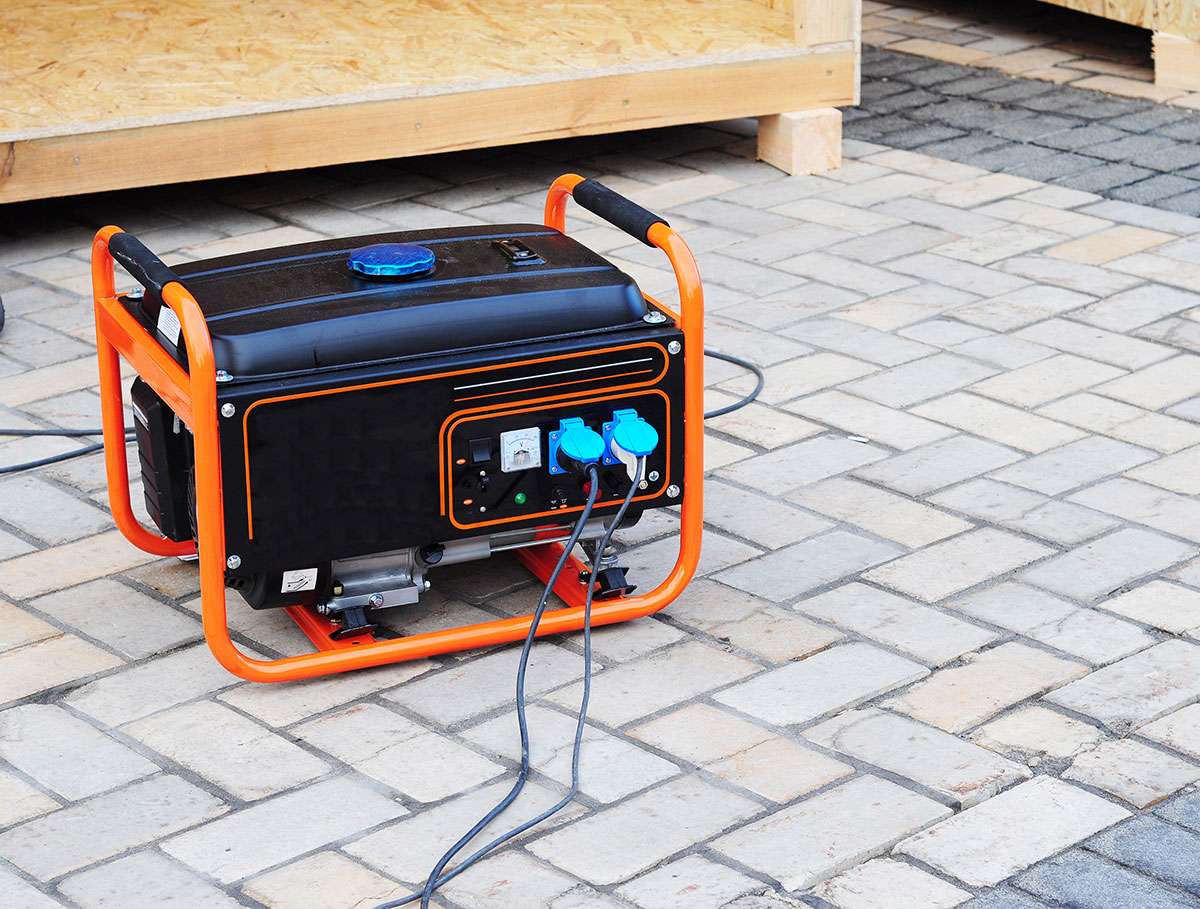
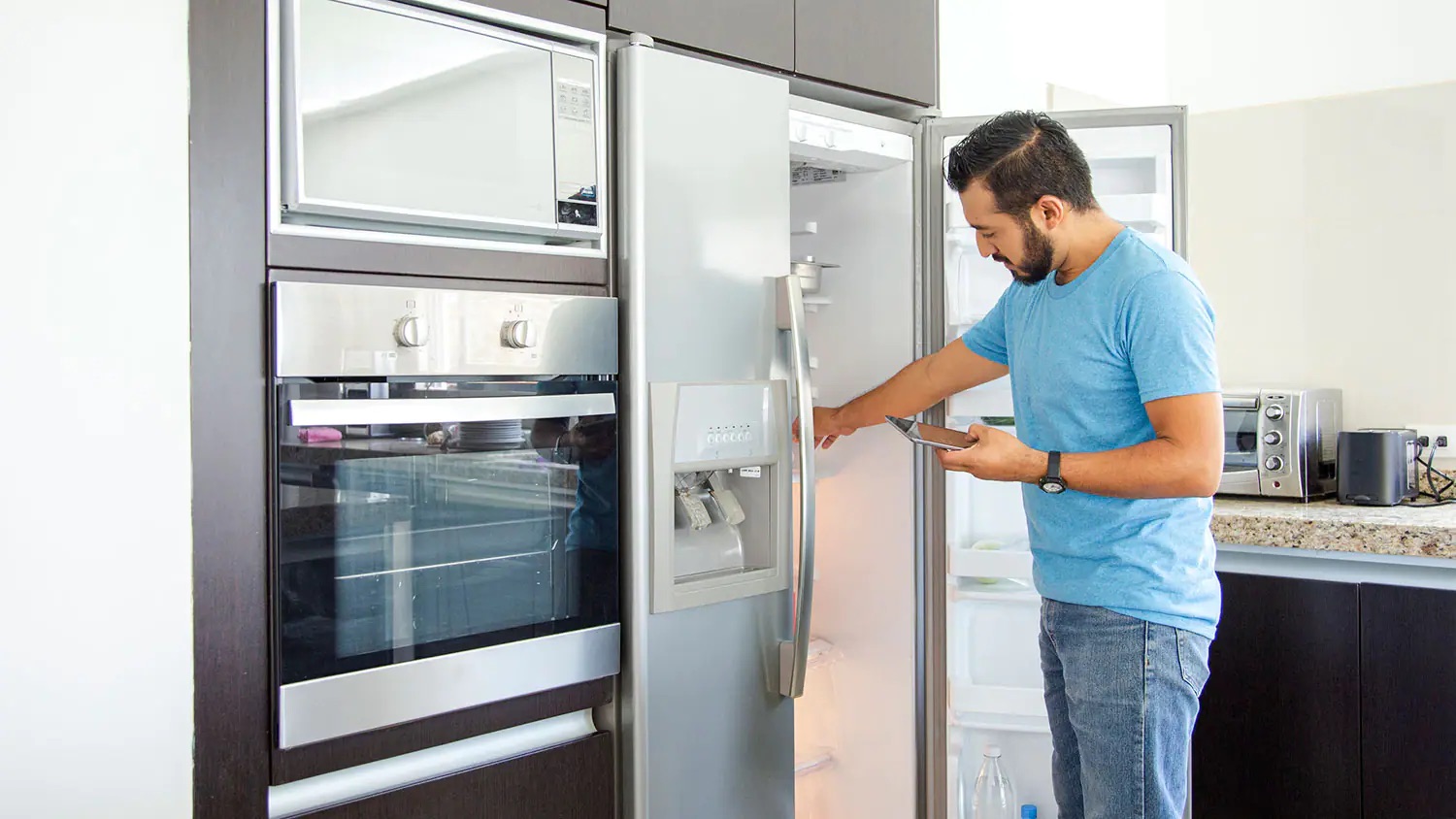
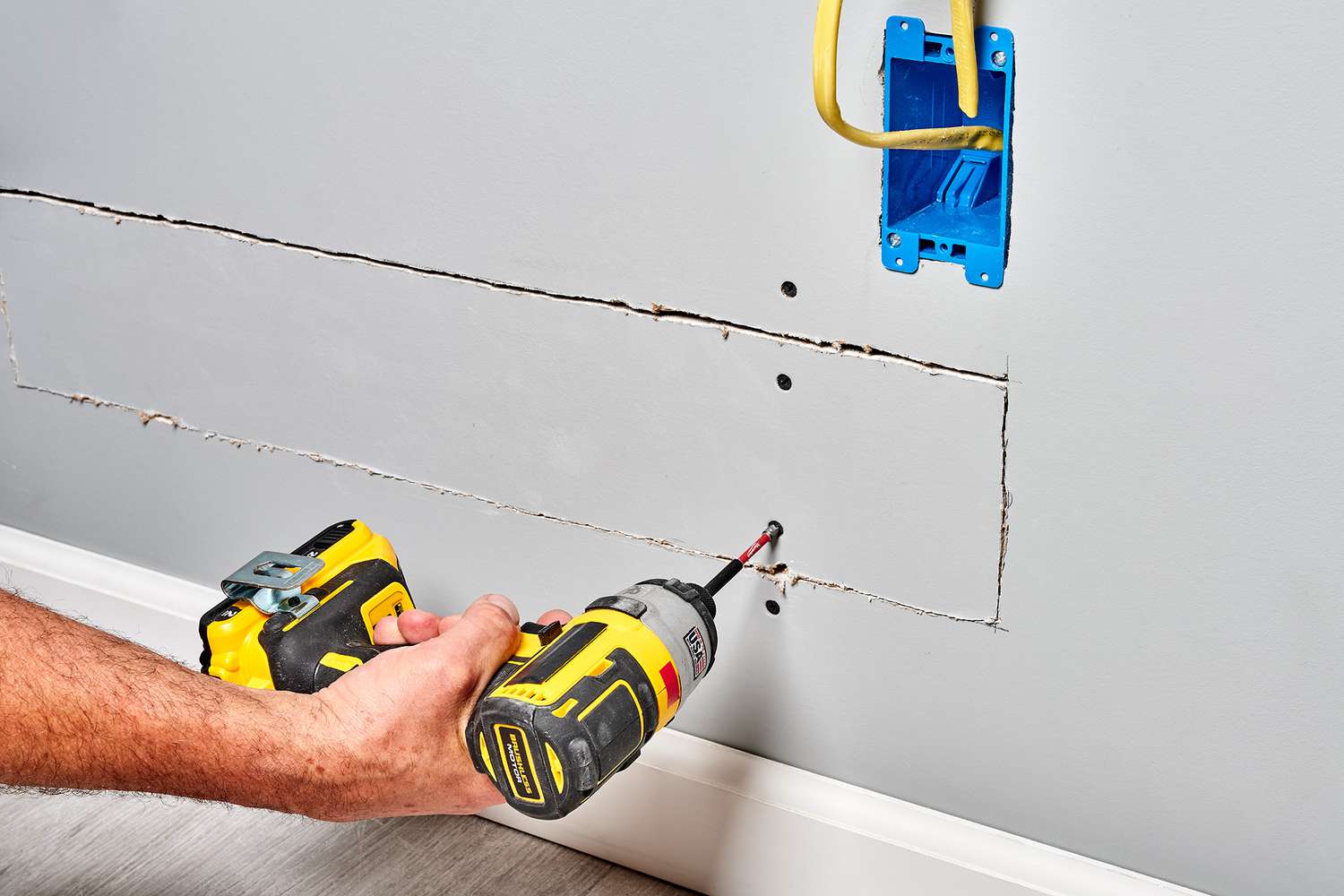
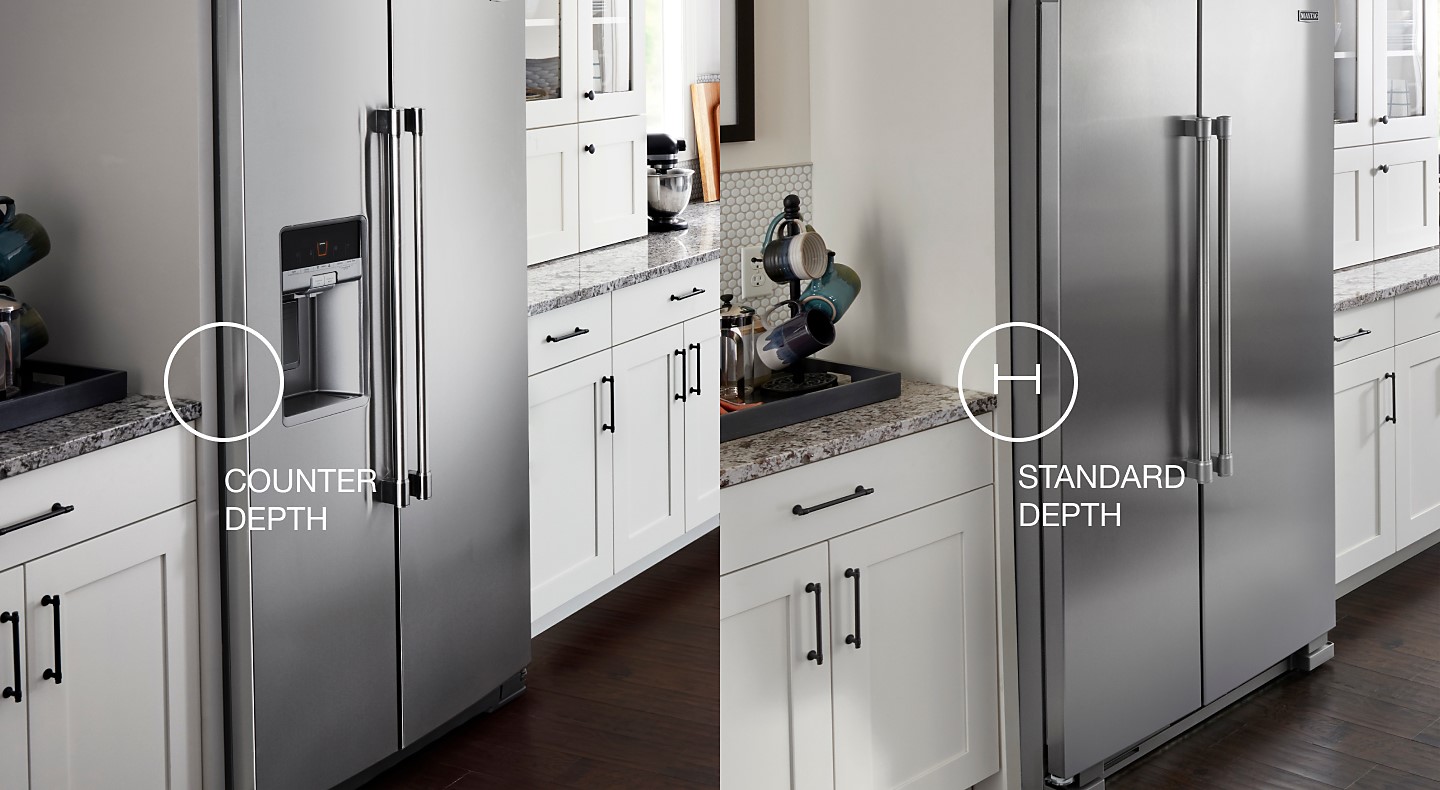

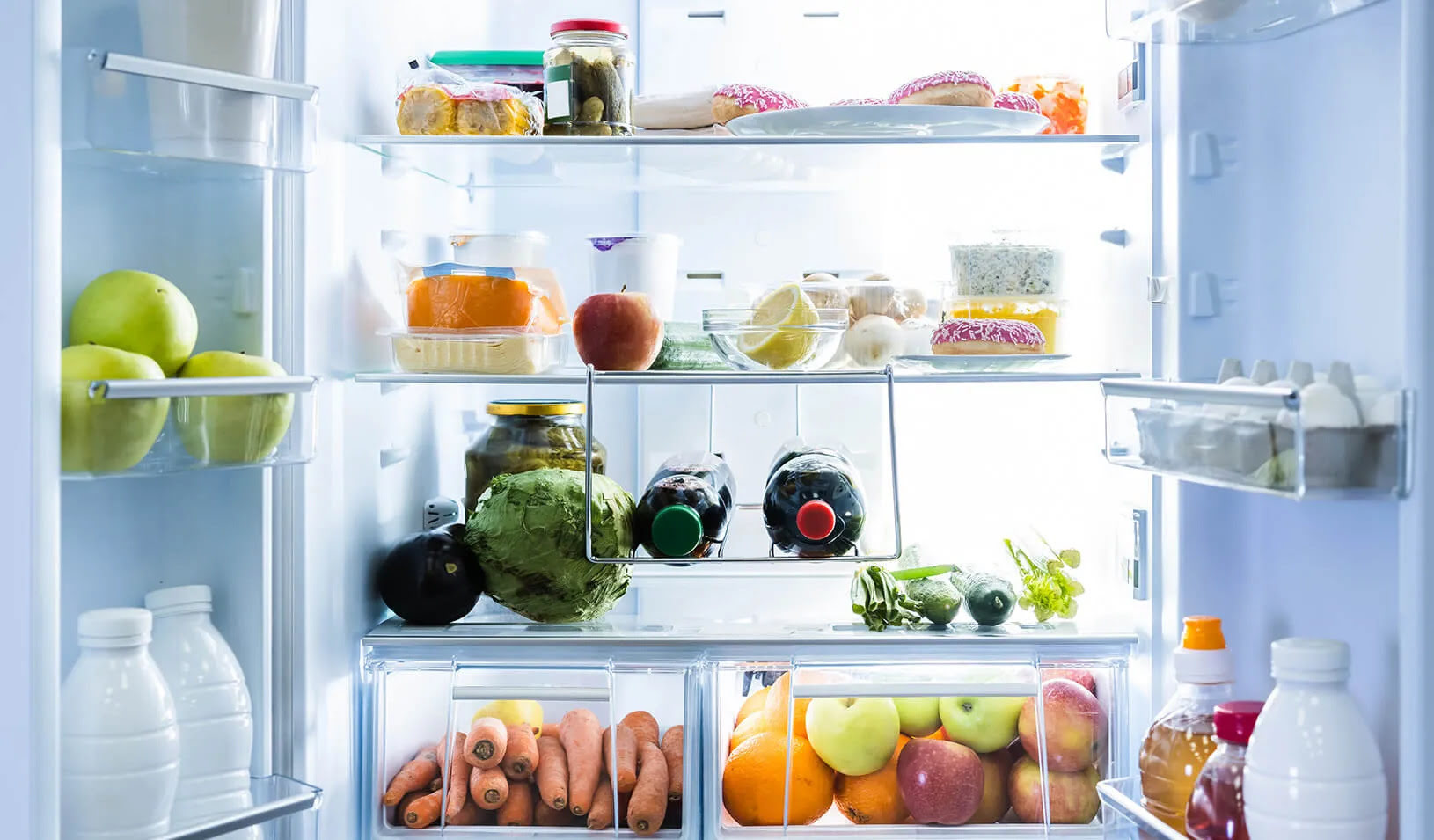
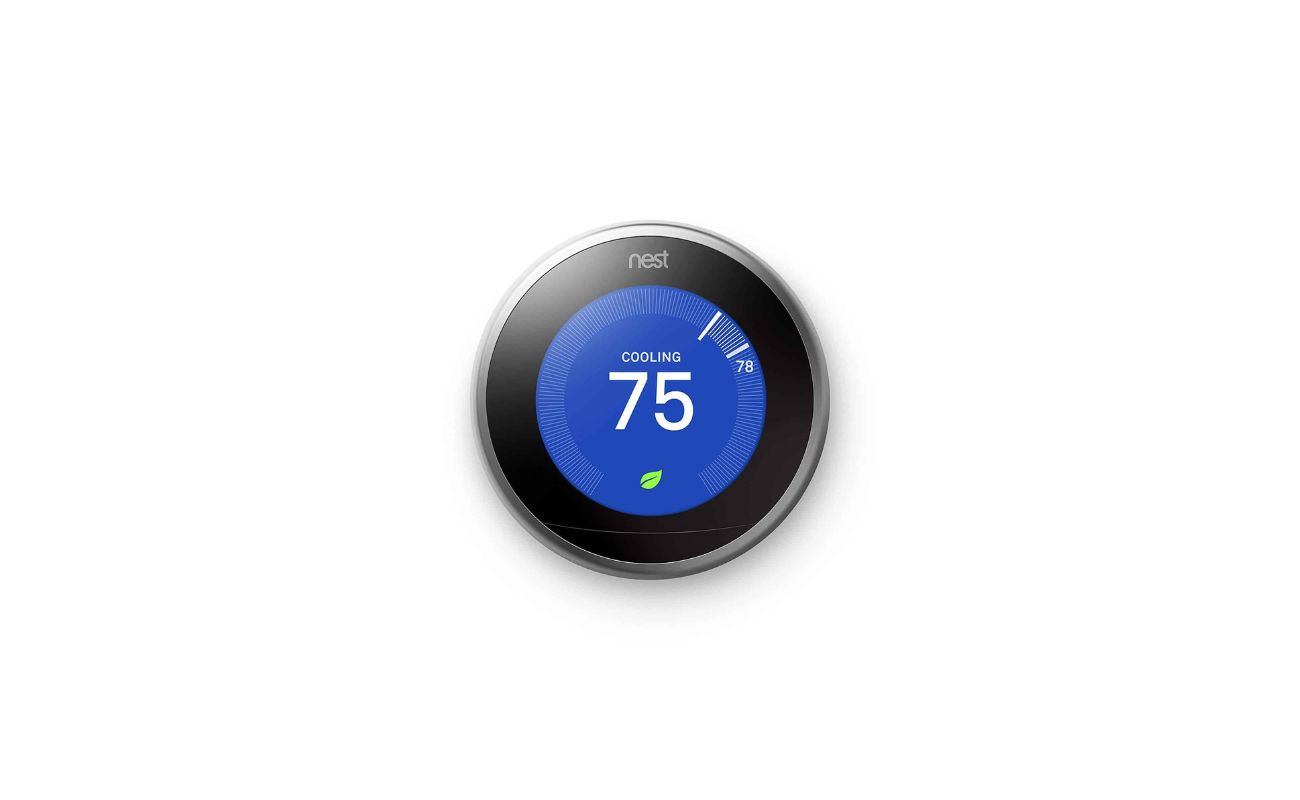


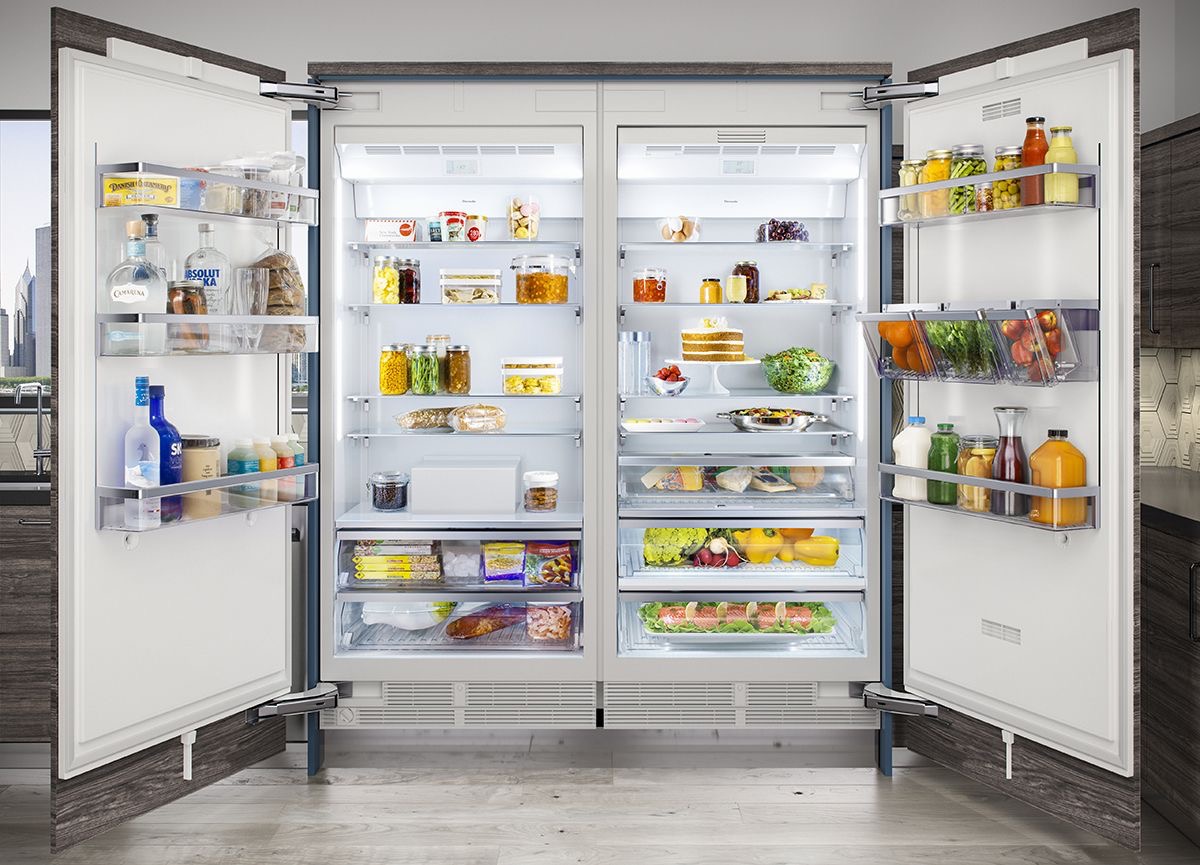
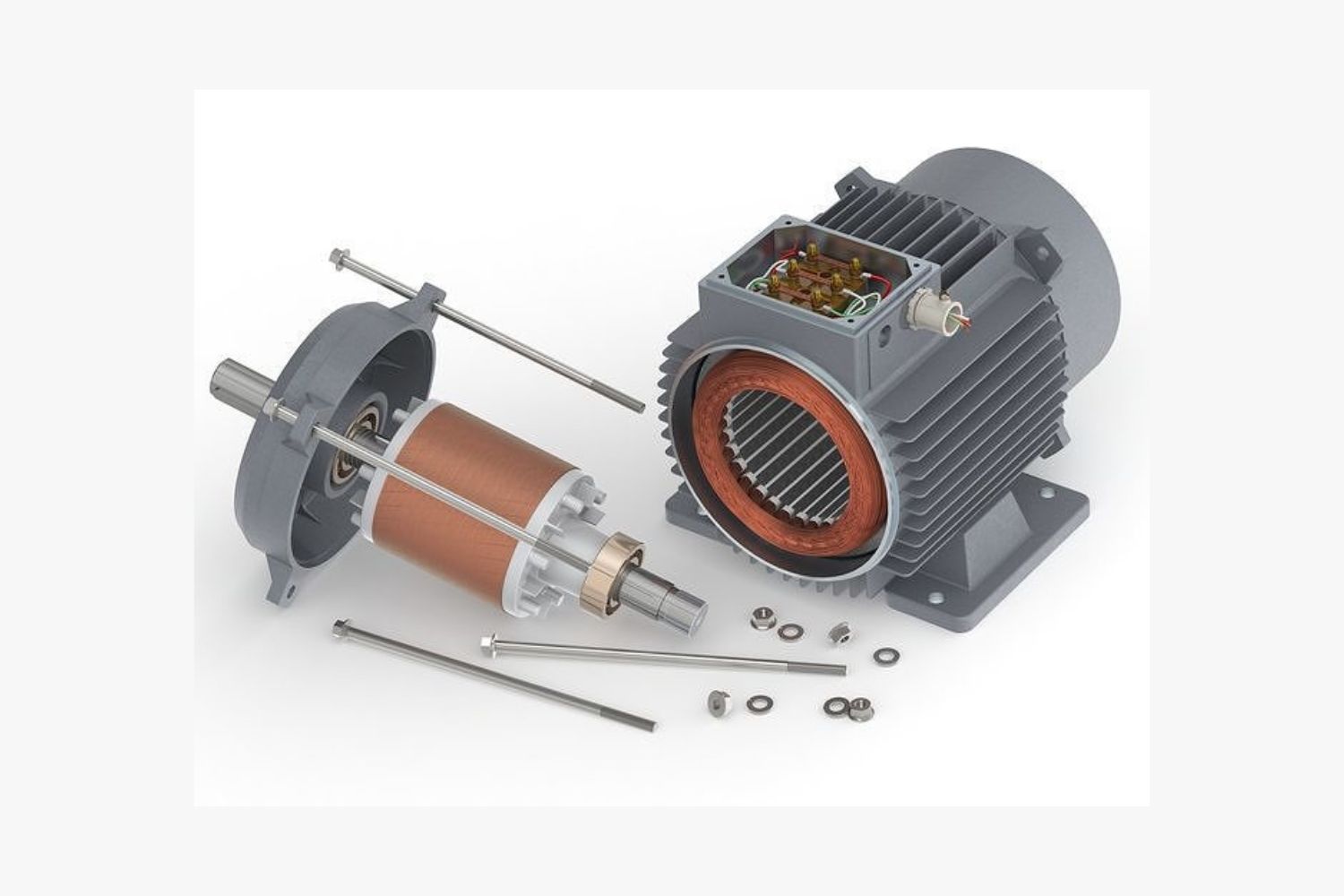


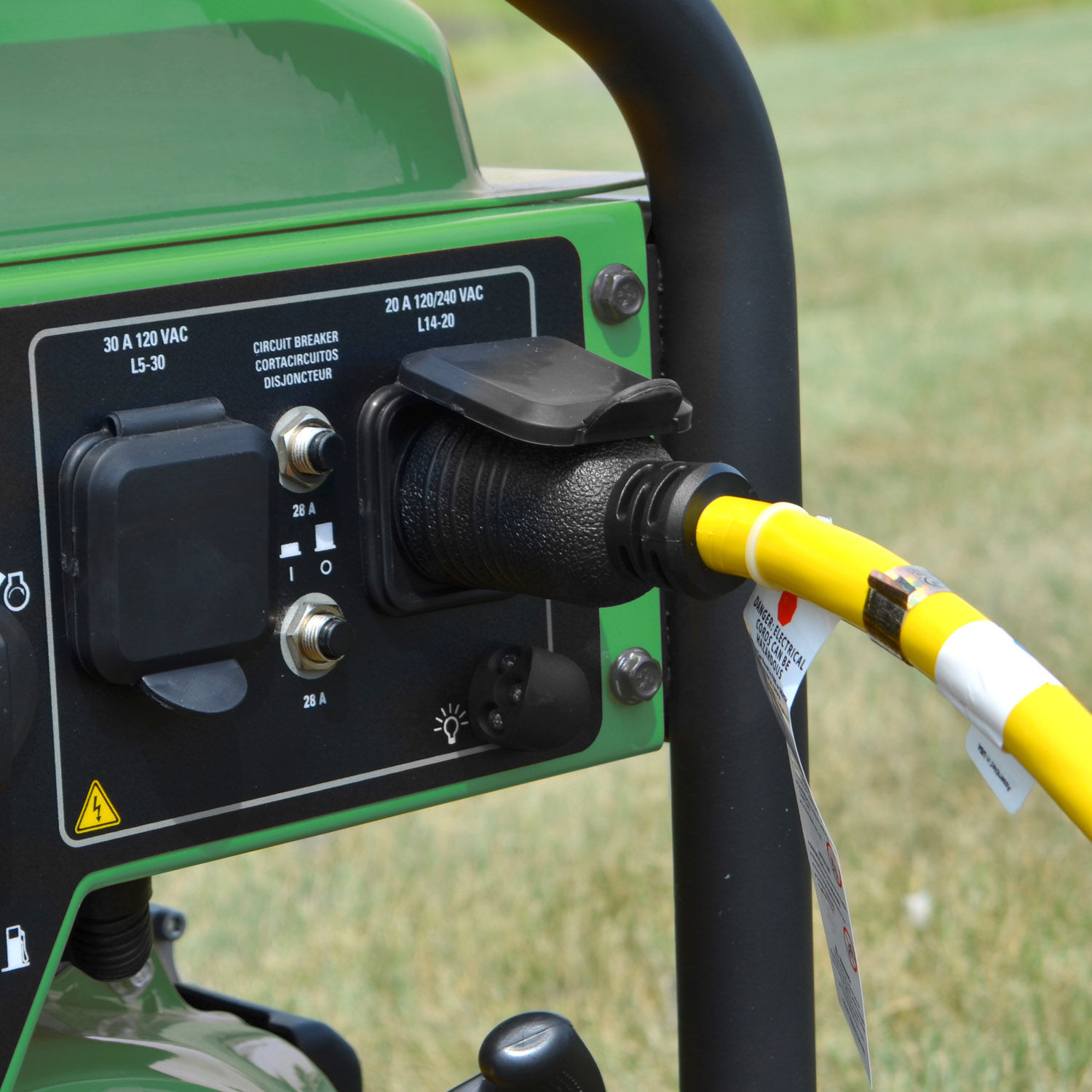

0 thoughts on “What Size Generator To Run A Refrigerator”